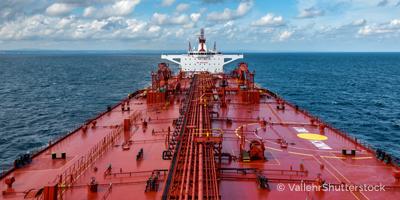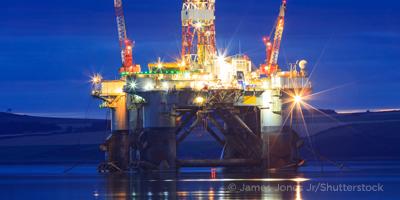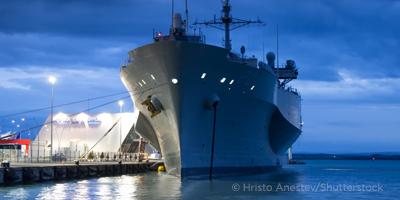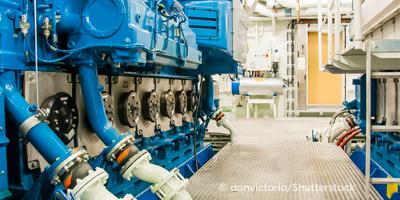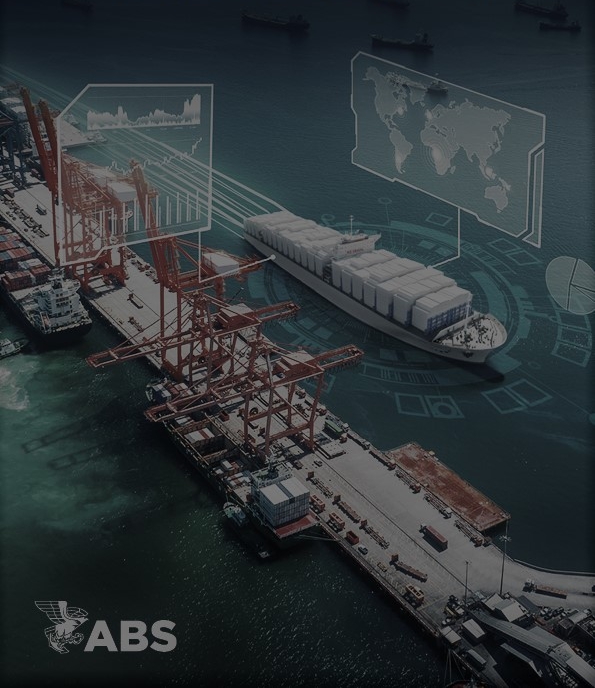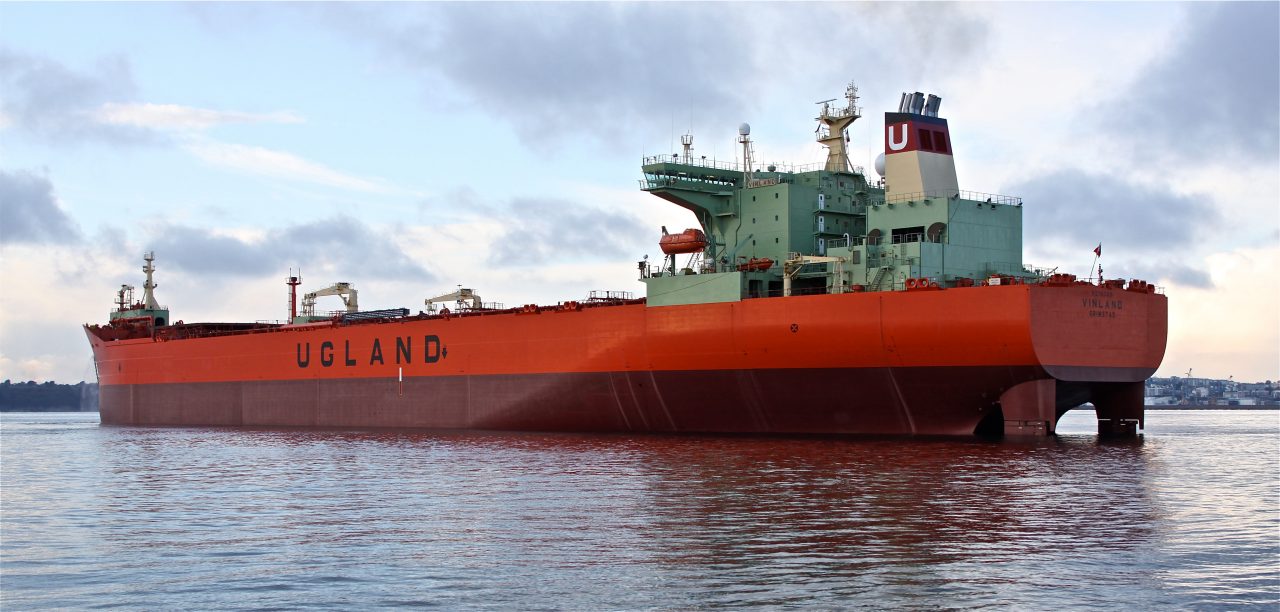Shuttle Tankers are a specialized type of tanker, designed to load cargo from an offshore facility or a larger vessel that is not able to transit to the destination due to draft restrictions. Frequently, they are used as an alternative to pipelines where harsh environments, remote locations or water depth prevent the installation of a pipeline.
Station-keeping, cargo handling and communication between the shuttle tanker and offshore loading facility are vital to the safe operation of a shuttle tanker. In recent years, there has been an influx of dual-fuel shuttle tankers specifically utilizing LNG or hybrid propulsion to reduce the carbon footprint of their vessels.
As the shuttle industry begins to evaluate their options for complying with the IMO's 2030 and 2050 greenhouse gas targets, ABS, the thought leader in decarbonization, is ready to assist. To learn more or speak to one of our sustainability specialists, visit our sustainability resource center.
As the class leader in the offshore industry with a significant majority of MODUs
currently under ABS class, our extensive network of experienced surveyors and engineers are well positioned to support your shuttle tanker operations. Furthermore, ABS’s suite of guidance documents paired with our technical expertise are available to guide you throughout the lifecycle of your vessel. Whether you are considering building or currently operating shuttle tankers, we are here to keep you informed and prepared for upcoming regulations and respond to evolving markets.









